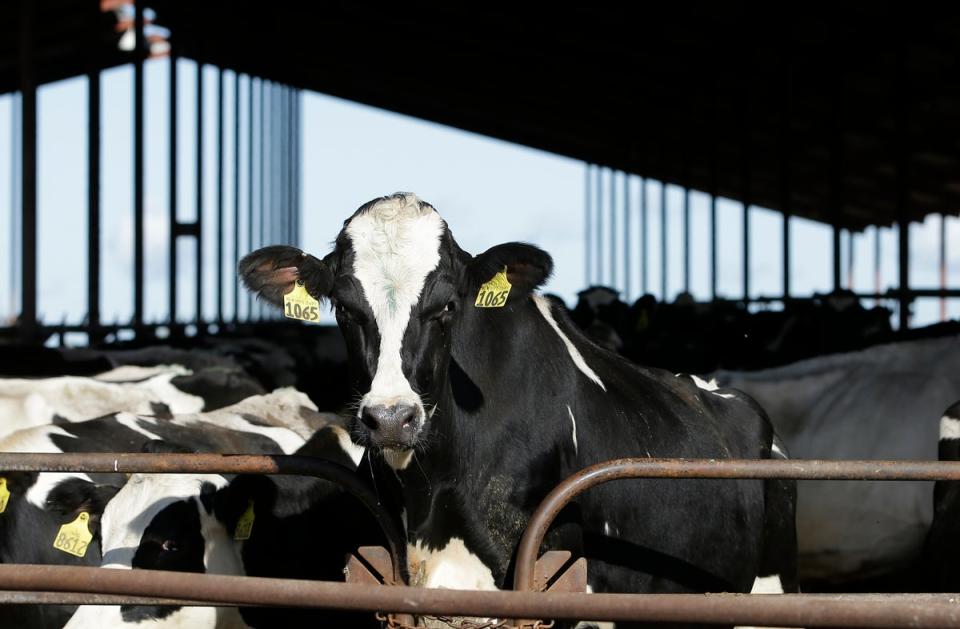Two US vaccines could ship in weeks if bird flu jumps from infected cows to humans
A pair of vaccines are ready to ship within weeks if the bird flu — which has been found circulating in dairy cows in nine states — jumps to humans, say US health officials.
There's no evidence that H5N1 has been spreading between people, though one dairy worker in Texas did become infected after working closely with cattle.
Health officials said during a briefing Wednesday that they were prepared for the possibility of human-to-human transmission of the bird flu.
At least 46 dairy cow herds in nine states have been infected, which has caused some concern that the virus could mutate and begin jumping to humans, NBC News reports.
Demetre Daskalakis, director of the National Center for Immunization and Respiratory Diseases, said that studies “suggest that the vaccines will offer good cross-protection against cattle outbreak viruses" during the briefing.
The Department of Health and Human Services assistant secretary for preparedness, Dawn O'Connell, told NBC News that there are hundreds of thousands of prefilled vaccine syringes ready to ship in the event of a transmission event.
“We’ve been investing in a library of antigens to move out as quickly as possible should we begin to see a highly transmissible flu strain circulate,” she said.
Officials insisted during the briefing that there are no current signs pointing to the virus mutating in a way that would allow it to jump between humans.

The US Centers for Disease Control and Prevention is currently monitoring more than 100 people — primarily individuals who work with farm animals — for signs of possible infection.
Ms O'Connell said that if the vaccines are needed, individuals would likely need to take two doses for adequate protection.
The number of doses that would ship in such a scenario will be determined by the severity of a hypothetical outbreak, officials said.
Both vaccines, including a third MRNA vaccine that is in development, would need approval from the US Food and Drug Administration before they could be distributed.
Federal officials have already started testing both bovine milk and meat for traces of bird flu.
The US Department of Agriculture (USDA) confirmed that pasteurisation kills the bird flu if its particles end up in a cow’s milk.
The USDA is also monitoring the situation by collecting beef samples and running PCR tests to determine whether “any viral particles are present”.
Sarah Little, a spokesperson for the Meat Institute – an industry group representing meat processing companies – said: “USDA’s additional testing is appropriate to ensure public health is protected and to stop the spread of animal disease.”
The effects of the USDA’s enforcement are already being felt; it is requiring lactating dairy cows to test negative for bird flu before they can be moved across state lines.
Dairy cows and herds intended for slaughter are typically kept separate. According to the USDA, all animals are inspected before they’re slaughtered and all cattle carcasses must pass their inspections before they can be processed into food.
That’s what happened last week when the USDA found traces of bird flu in the lung tissue of an asymptomatic dairy cow on its way to slaughter. After finding the virus, the animal was barred from use as food.
In the meantime, the USDA is testing various cook times with a “virus surrogate” to determine if, and at what heat, cooking will kill the bird flu in meat.
The CDC recommends that ground beef is cooked to at least 160 degrees Fahrenheit to kill possible bacteria in the meat.

